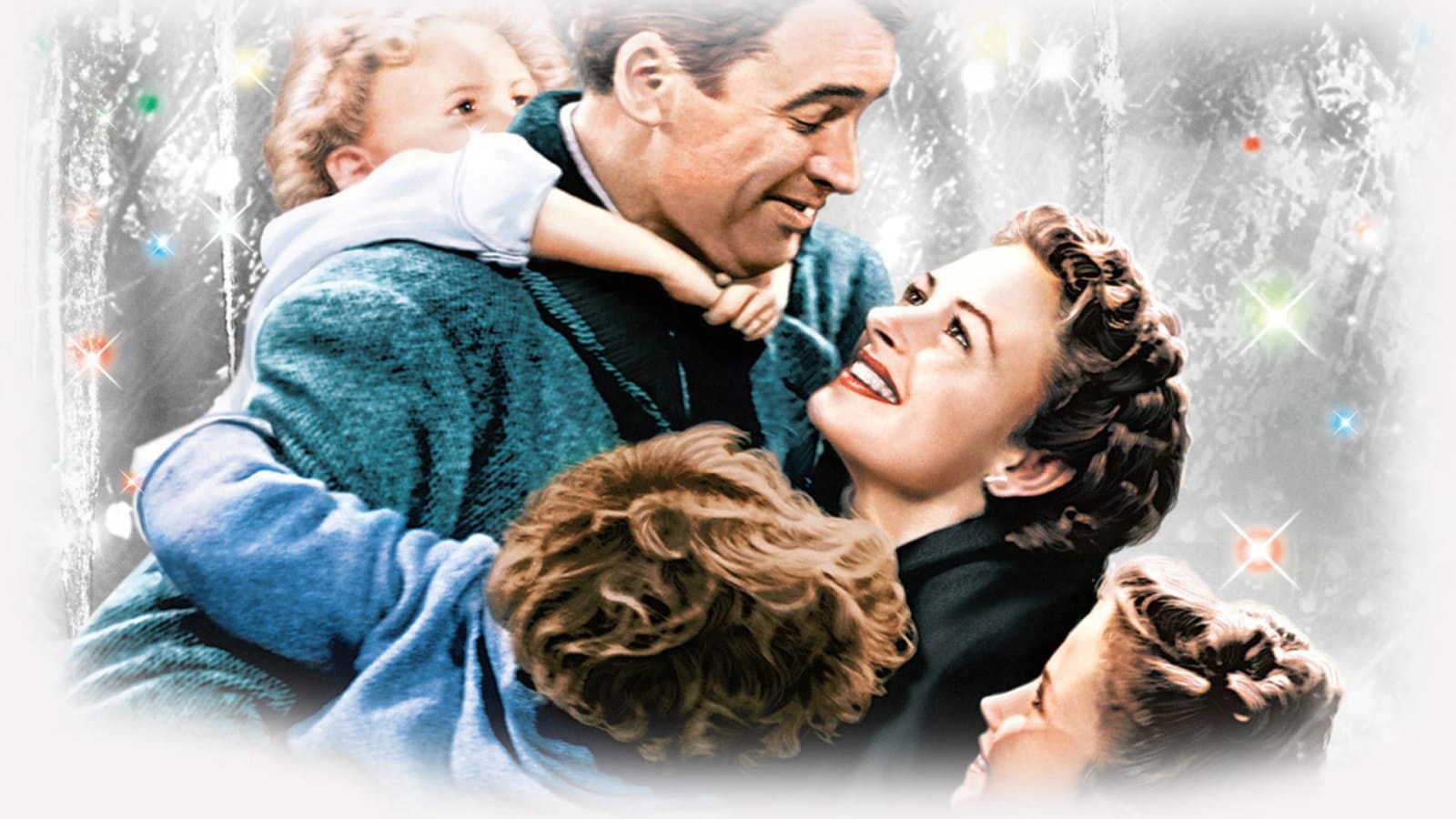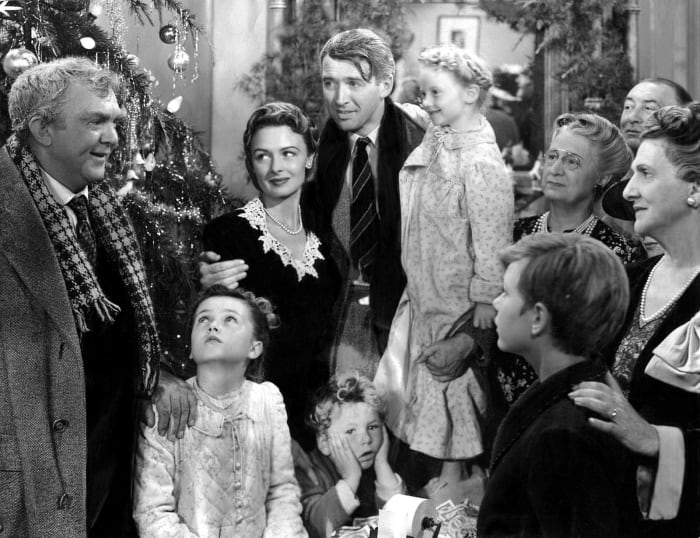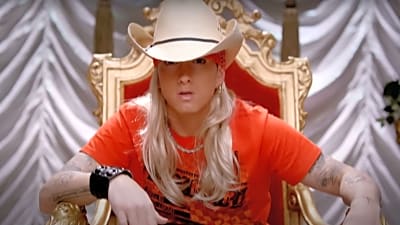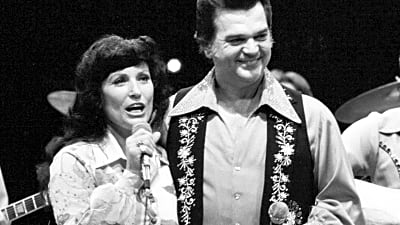x

RKO
20 facts you might not know about 'It's a Wonderful Life'
These days, “It’s a Wonderful Life” is considered a Christmas classic. It has prestigious names attached and has been a part of the season for decades. How the movie got to that point, though, is a different story altogether. In fact, once upon a time it seemed more likely headed toward being a flop as opposed to a holiday staple. All that and more in these 20 facts about “It’s a Wonderful Life.”
More must-reads:
- 20 A-list celebrities that have a twin sibling
- Celebrities who you might not know are related to one another
- 20 A-list actors who seemingly fell off the face of the Earth
- 20 actors who were given chances to be A-list movie stars, but failed
- 14 films that ruined actor's lives
Breaking News
Trending in Entertainment
Customize Your Newsletter
 +
+
Get the latest news and rumors, customized to your favorite sports and teams. Emailed daily. Always free!




























